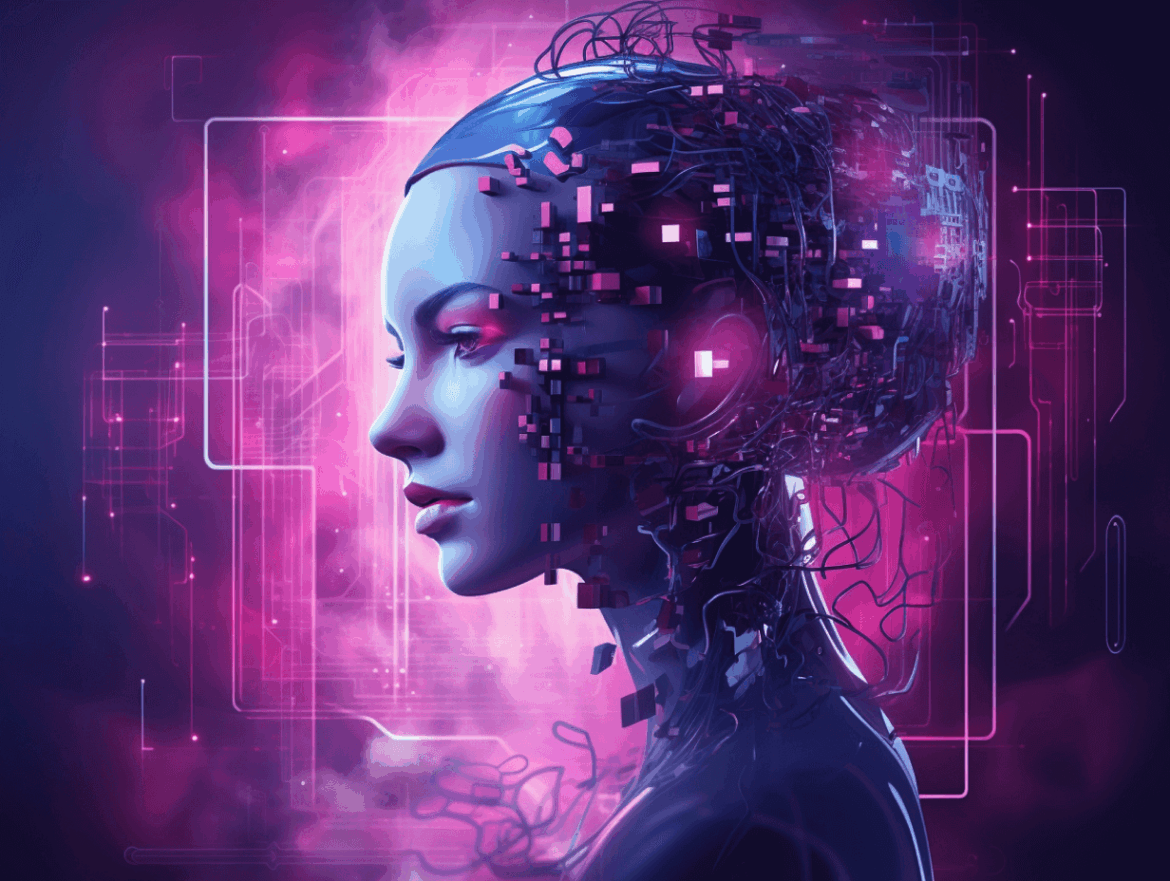Creating an AI design is possible with the right AI design tools. Discover how artificial intelligence is revolutionizing the creative process and which tools stand out from the crowd.
Creating AI designs: A guide to the basics
The world of design is increasingly influenced by artificial intelligence. But what does it actually mean to create an AI design? These are designs that are created with the help of AI technologies to optimize processes and achieve creative results that would otherwise be difficult to achieve. AI design tools offer innovative possibilities here.
- AI design refers to the use of artificial intelligence in the creation of graphic or visual content. AI tools can recognize patterns, make creative suggestions, and automate repetitive tasks.
- These tools are not only capable of analyzing existing design trends, but also setting new trends by processing millions of data points and developing unique designs from them.
- Another advantage is that AI design tools can significantly speed up the design process. Routine tasks that normally take a lot of time are automated, giving designers more time for creative tasks.
- AI design also opens up the possibility of creating professional designs to new users without in-depth expertise. This democratization of the design process leads to a wider variety of creative expression.
Market leaders in AI design: The best tools for creating AI designs
In recent years, a variety of AI design tools have emerged that are revolutionizing creative work. But which of these tools stand out from the crowd?
- Canva is a well-known tool that uses AI to make design suggestions based on user preferences. It offers an intuitive user interface and a variety of templates that can be personalized using AI.
- Adobe Sensei uses machine learning to improve designs and make suggestions for layouts and color palettes. It integrates seamlessly with Adobe Creative Cloud, making it easier for professional designers to work.
- Figma has established itself as a powerful collaboration tool that uses AI to optimize design processes. It enables real-time collaboration and offers AI-driven features to enhance the user experience.
- DeepArt.io specializes in giving photos an artistic style. Using neural networks, images can be transformed into paintings in the style of famous artists.
- RunwayML is an innovative tool that makes AI accessible for creative projects. It provides a platform where users can train and apply AI models to achieve unique visual effects.
Creating AI design: The advantages of AI design tools
The use of AI in design offers numerous advantages, particularly in terms of efficiency and creativity. But what should you look out for when using these tools?
- One of the biggest advantages is the time saved. AI tools take care of many time-consuming tasks, allowing designers to focus on creative aspects.
- AI-powered analytics enable designers to make informed decisions by providing them with comprehensive data analysis and trend forecasts.
- AI design tools enable more precise personalization. Based on user behavior and preferences, customized designs can be created that precisely meet specific needs.
- Finally, AI tools promote innovation. Because they are able to suggest creative solutions that people might not consider, they push the boundaries of what is possible in design.
Creating AI design: Ethical challenges and solutions
As with any technology, there are challenges, particularly in terms of ethical considerations and dependence on machines.
- A major issue is the question of copyright. When AI tools create designs, it is often unclear who owns the intellectual property rights.
- There is a risk that designers will develop their skills less as tasks become automated, which could lead to a loss of creativity in the long term.
- Data protection is also an important concern, as AI tools collect and analyze large amounts of user data to create personalized designs.
- Finally, there is the question of responsibility: Who is liable if an AI-generated design causes damage or violates existing standards? These questions must be clarified to ensure the responsible use of AI in design.

